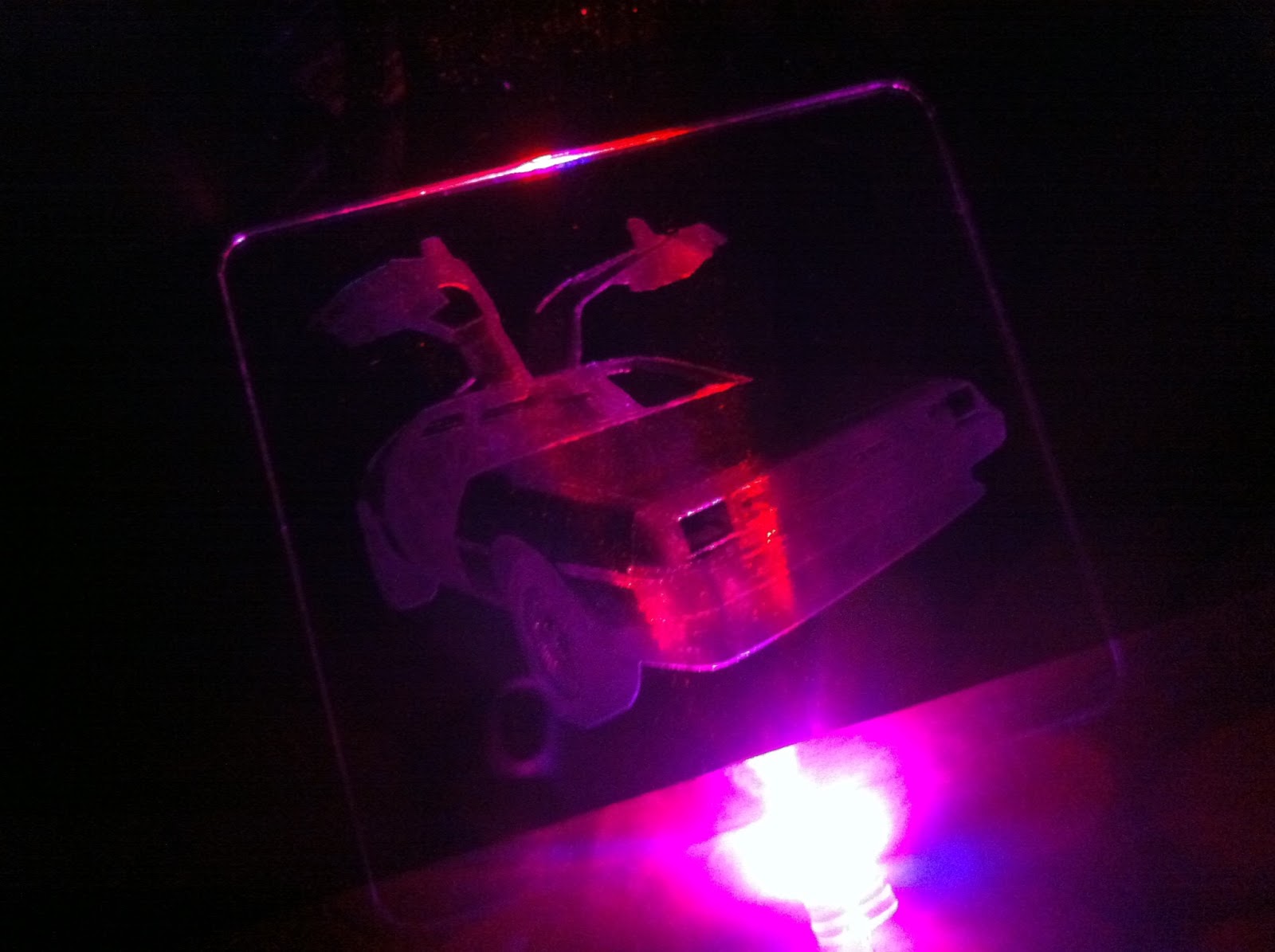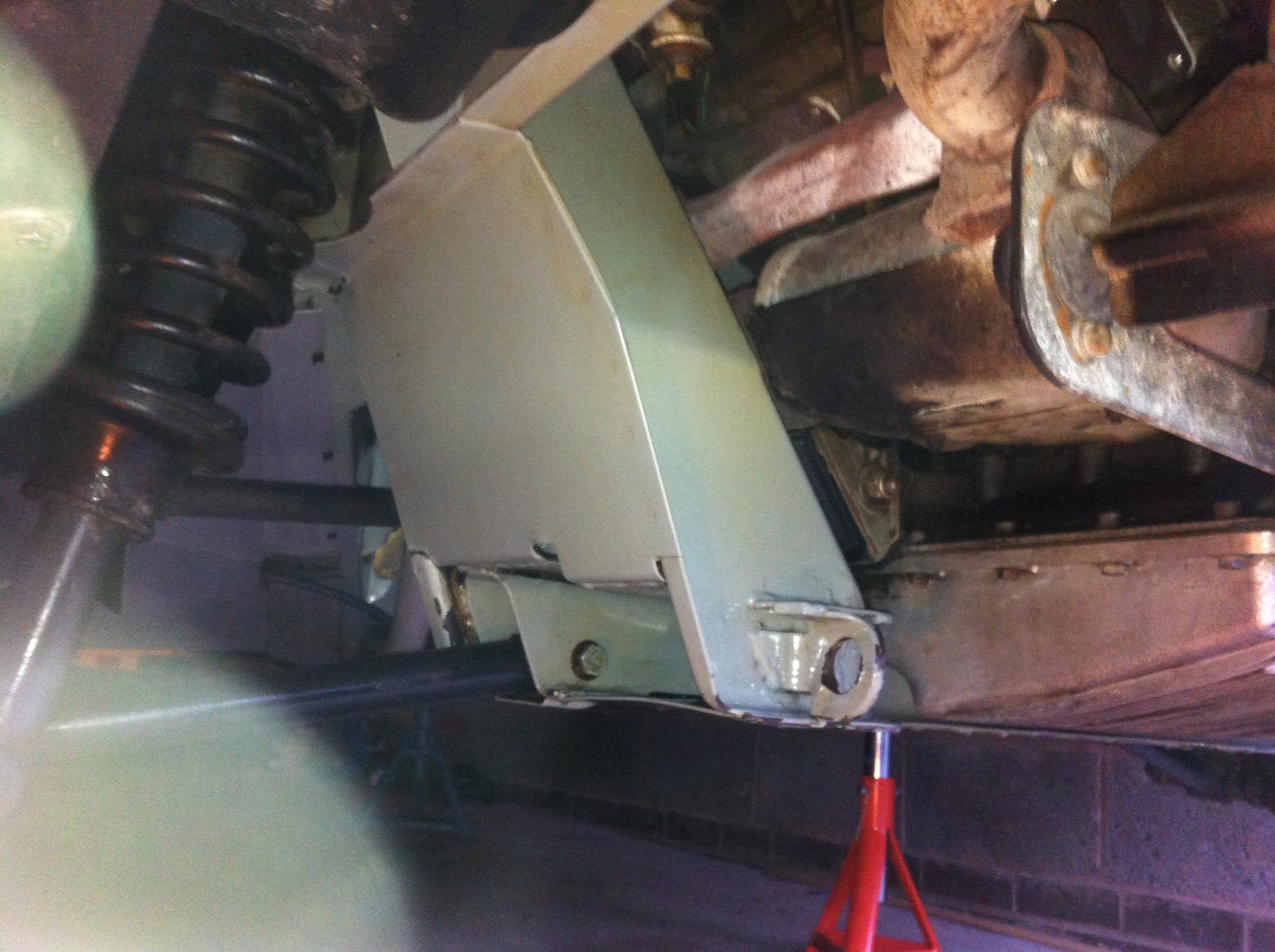The binnacle in VIN 10719 wasn't too bad, but it wasn't great. The previous owner had gone about getting it covered in leather at the same time as the seats. While it was done by a professional trimmer it didn't look too good. The whole binnacle looks "puffy" and distorted, rather than the sleek lines it should have. My biggest fear was what was underneath that exterior. The DeLorean binnacle is renowned for splitting and cracking over the years as the vinyl covering dries out in the heat, becomes brittle, and with the constant motion of the foam underneath splits wide open. I've seen plenty of pictures of binnacle with huge cracks down the back caused by this type of damage. But, in the end I wasn't happy with how it looked, so despite the fact that NO new or NOS binnacles exist any more I decided to take the plunge and go about ripping off the poor covering job.
First, I removed all the instrument cluster, which to my relief revealed no damage to the inside. This was a good sign that there wasn't any serious cracks to the outer binnacle.
In this close up you can see the outer "new" leather covering, then a layer of foam that has been applied to the original vinyl covering underneath.
Pealing the leather off revealed the layer of foam that had been added to the outside of the binnacle. This was the cause of the "puffy" look. Its been done quite well, but a thinner layer of foam would have been better, and would have kept the original shape intact.
Much to me relief the damage wasn't that bad at all, as you can see in the pictures above. However, there is quite a few thinner cracks all over the back of the binnacle. Plus the vinyl has buckled up in these places. The glue they used everywhere to attach the foam isn't helpful. It looks like impact adhesive, which hopefully will come off with some white spirit.
Here you can see the result of some white spirit and elbow grease. Note the black permanent pen down the side which they used to work out the stitching lines. Not very helpful when your trying to bring the original surface back to life. But with some acetone it too gave up the ghost. Even the sun damage was removed with the acetone, revealing the original grey colour underneath.
The original black plastic visor part on the inside of the binnacle was completely covered by the new foam and new trim as well, so that needed cleaning back as well. It'll need a re-spray as well once this is done.
This was the first attempts at filling the cracks in the binnacle. I got a liquid vinyl repair kit online which I thought would make an excellent material to repair the many cracks and holes in the surface. Its flexible, can be mixed to the correct colour, then heated to cure. It should result in a good base layer for the repair, and resist cracking in the future.
A trip to the local car supply shop turned up a good alternative in the form of bumper repair compound. Its flexible, so hopefully providing a long lasting repair, plus it can be sanded down easily to a good finish. Its a a form of epoxy, with a catalyst or hardener which is added to mix to activate the curing process. From the smell its polyester resin based, so would stand up to some grief. As you can see I've covered most of the surface, giving a top layer to repaint and re-dye using the same stuff I'm suing on the rest of the interior vinyl trim. Just need to sand it back to a good finish, base coat and give a final spray over. Watch this space for the final result!





















































